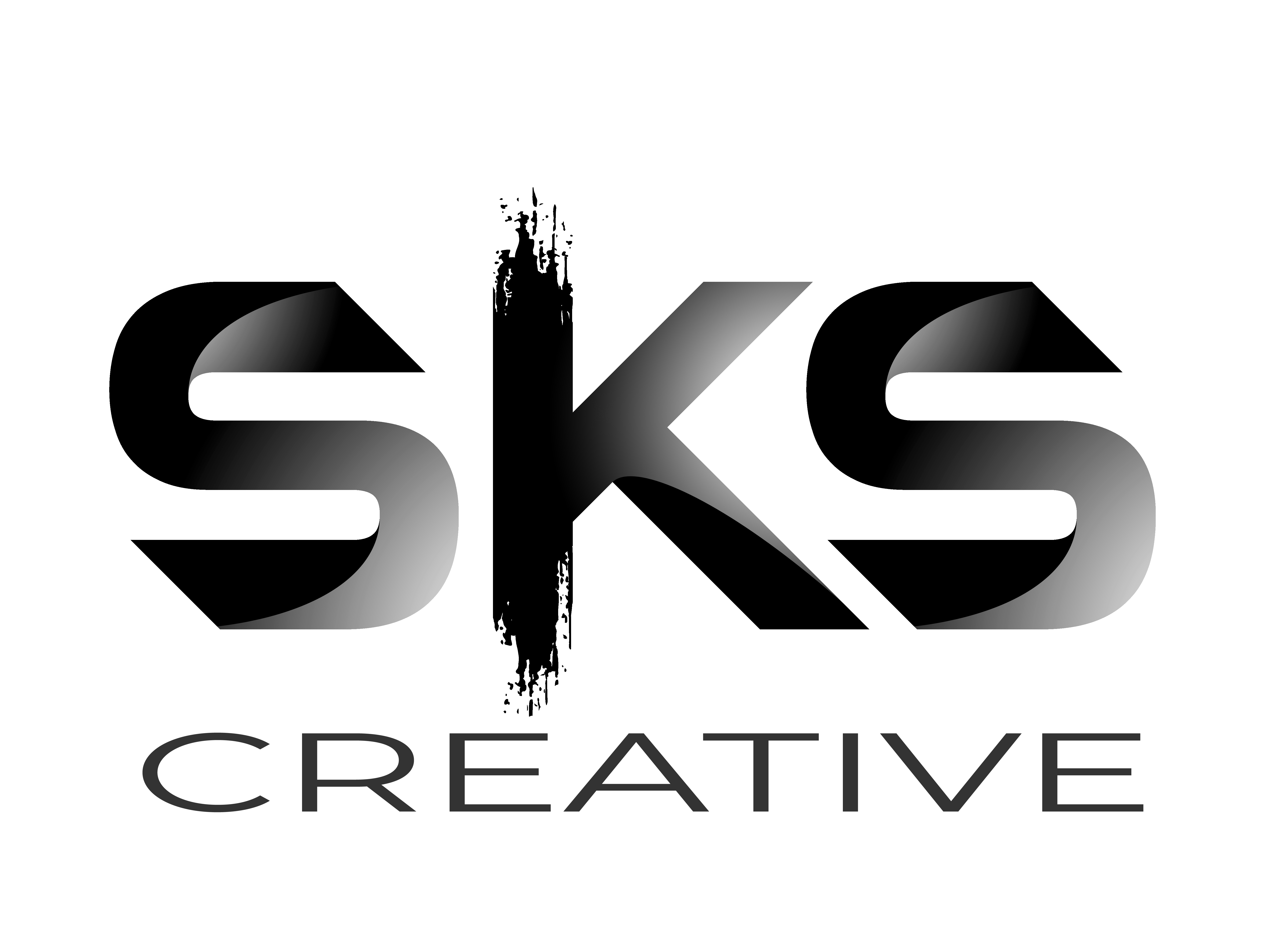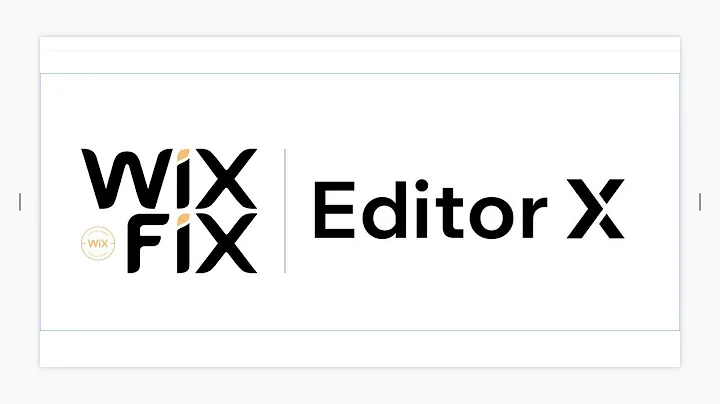James NoCode
CREATED BY
24:04
Build and Sell Your Own UNIVERSAL Website Scraper with NoCode (COMPLETE GUIDE)
Build and Sell Your Own UNIVERSAL Website Scraper with NoCode (COMPLETE GUIDE)
Have you ever dreamt of building a powerful, customizable website scraper that can handle absolutely any website and transform its data into an easy-to-consume format? If so, you're in luck. In this complete guide, we will show you how to create a scraper or parser using NoCode tools, making the process incredibly simple and accessible. This blog post is perfect for anyone participating in the Monthly NoCode Design Challenges at Live Learning, a platform dedicated to mentoring and helping designers build successful businesses and further their careers.
Before we dive into the guide, let's quickly go over what a scraper or parser is, and why you would want to use one.
What is a scraper or parser?
A scraper or parser is a tool that takes unstructured data from websites (or other sources) and turns it into structured data. This can include information such as Amazon reviews, Google search results, or any data that is not readily available in a structured format (e.g., a CSV file). By doing this, you can make this data easily consumable by you or your app.
Now that we understand the basics, let's begin our guide to creating a universal website scraper!
Building a Universal Scraper with NoCode Tools
The following steps will walk you through the process of building your custom scraper using NoCode tools. All of the apps mentioned in this guide are available on the Patreon page, making it even easier to follow along and build your scraper.
Step 1: Choose a NoCode Tool
First, you'll need to choose a NoCode tool that is powerful enough to build a scraper that can handle any website. There are many options available, but we recommend using a powerful, general-purpose tool such as EditorX. EditorX is designed specifically for building websites and apps with NoCode, and it provides a wide range of features and customizability options.
Step 2: Set Up Your Scraper
Once you've chosen a NoCode tool, you'll need to set up your scraper. This typically involves creating a new project, selecting a template or starting from scratch, and setting up the necessary structure for your scraper. In most NoCode tools, this will involve creating a series of pages, sections, and elements (such as buttons, forms, and images) that will allow you to interact with and process the data you're scraping.
Additionally, you'll need to set up any necessary integrations or connectors that allow your scraper to communicate with the websites you're scraping. This may include API integrations, webhooks, or other methods depending on the NoCode tool you're using.
Step 3: Design the Interface
Next, you'll need to design the interface for your scraper. This will typically involve creating a series of user-friendly forms, buttons, and other elements that allow users to input the URL of the website they want to scrape, select the specific data they want to extract, and specify how they want the structured data to be output.
Remember to keep the interface simple and intuitive, as a clear UI will make it easy for users to understand and interact with your scraper.
Step 4: Implement the Scraping Logic
With your interface set up, it's now time to implement the actual scraping logic for your scraper. This will typically involve creating a set of custom functions or actions that can process the input URL and extract the desired data from the website.
Depending on the NoCode tool you're using, you may be able to implement this logic using a built-in visual programming language or by integrating with external APIs and services that can perform the scraping for you. In either case, it's important to test your scraping logic with a variety of different websites and data types to ensure that it can handle any input it might encounter.
Step 5: Save and Export the Scraped Data
Once your scraper is able to process input URLs and extract the desired data, the final step is to save and export this data in a structured format that can be easily consumed by other apps and services. This may include saving the data to a database or exporting it as a CSV or JSON file.
Depending on your specific use case, you may also want to consider implementing additional functionality that allows users to schedule automated scraping tasks or receive notifications when new data is available.
Step 6: Share and Sell Your Scraper
With your universal scraper built, tested, and ready to go, it's now time to share it with the world! Consider creating a website or landing page to showcase your scraper and its features, and make it easy for users to learn more and purchase access. By participating in platforms like Live Learning, you can connect with a community of like-minded designers and developers, showcase your work, and build a successful business around your NoCode creations.
Conclusion
Building a universal website scraper with NoCode tools is an achievable and rewarding endeavor. By following the steps outlined in this guide, you'll be well on your way to creating a powerful, customizable scraper that can handle any website and transform its data into a structured format that's easy to consume. Don't forget to check out the Patreon page for access to all of the apps and resources mentioned in this guide, and be sure to join the Live Learning community to connect with other designers and developers, participate in exciting design challenges, and further your career in the bustling world of NoCode development. Happy scraping!


Join over 5,000+ people learning, helping each other to scale their freelance/design business, taking no-code challenges, collaborating, talking about their projects, and more!
Join Designers & Creatives From All Over The World!

More Like This #Tag














